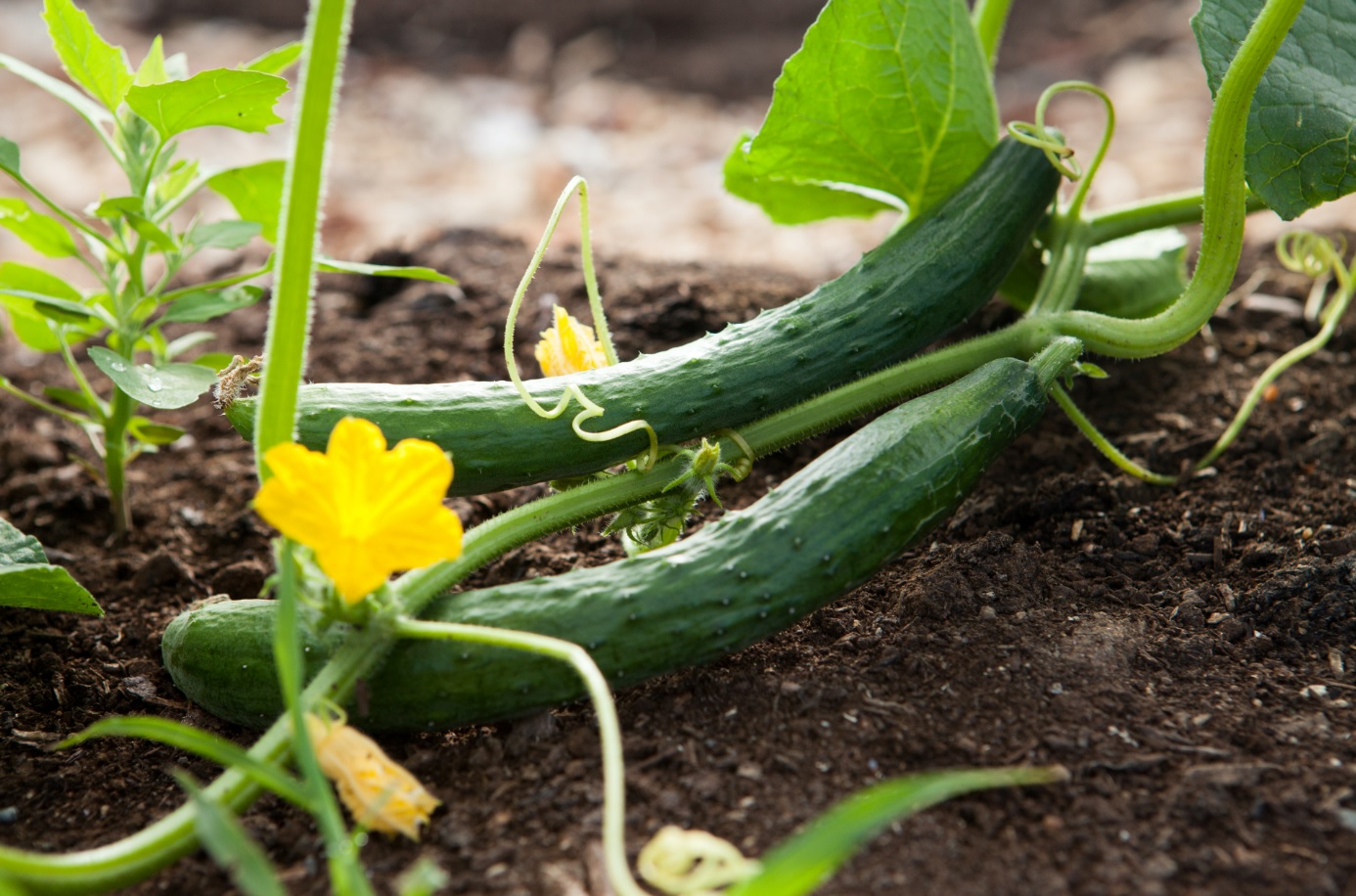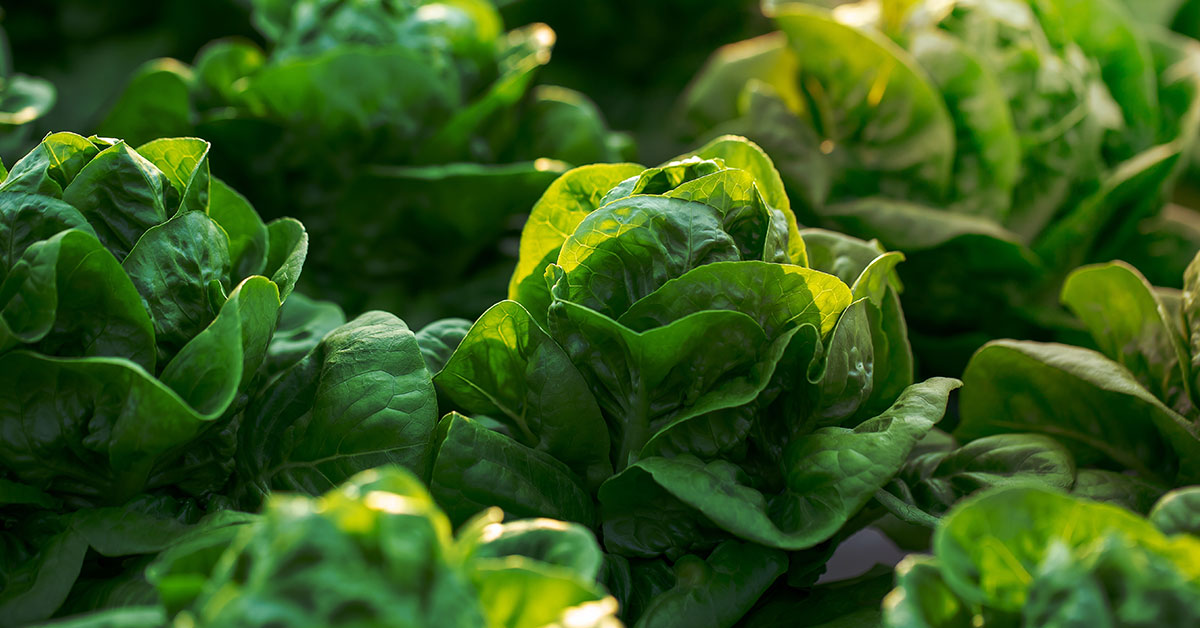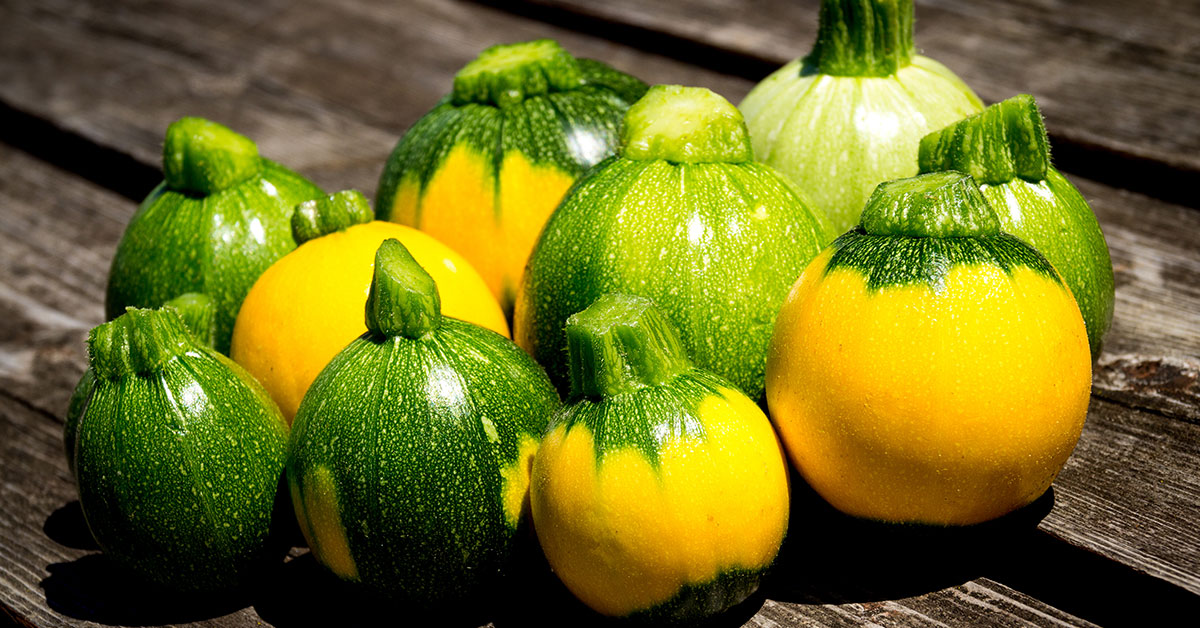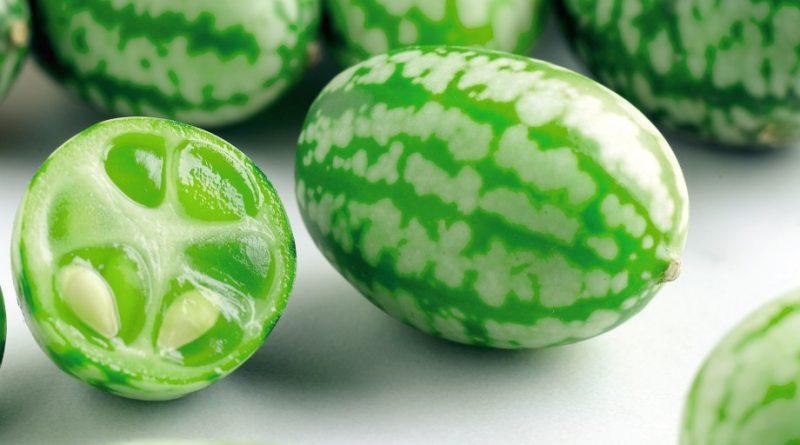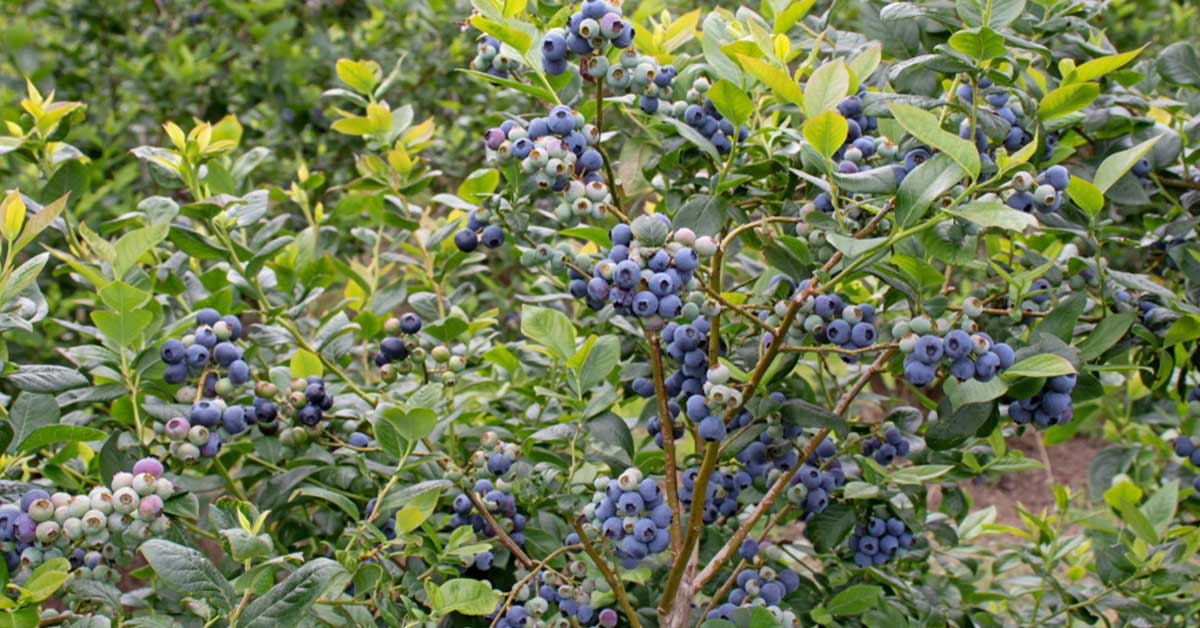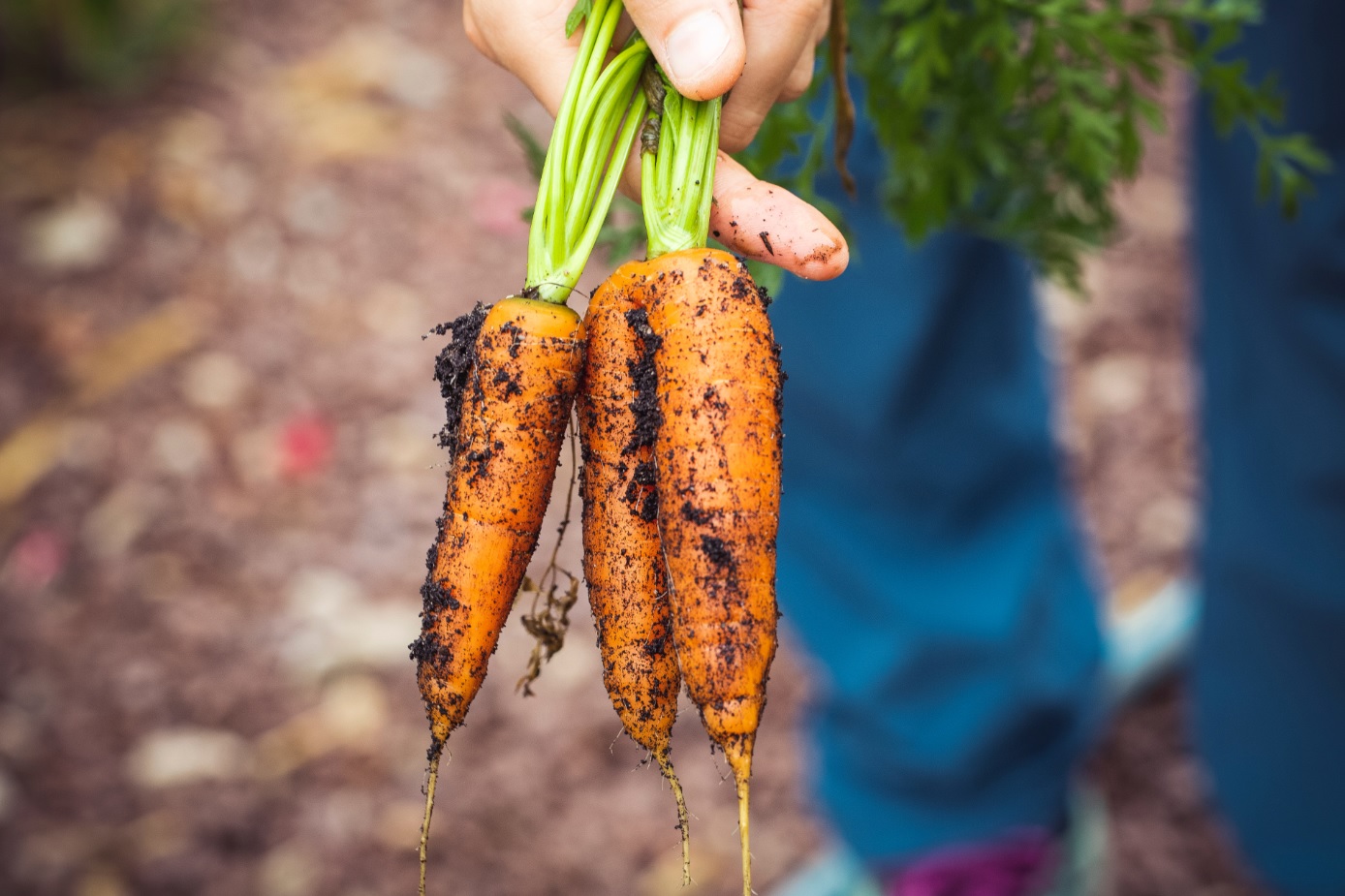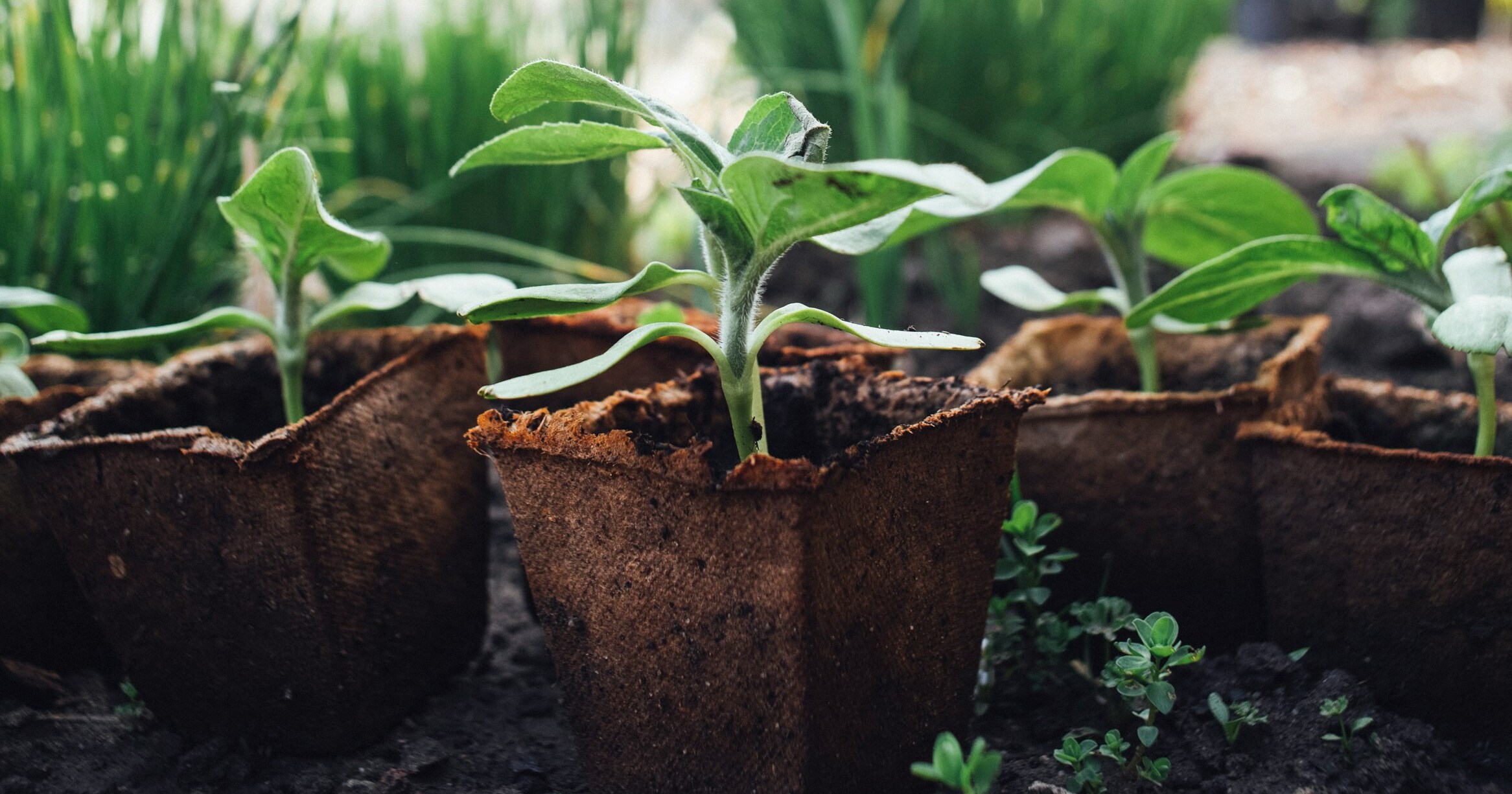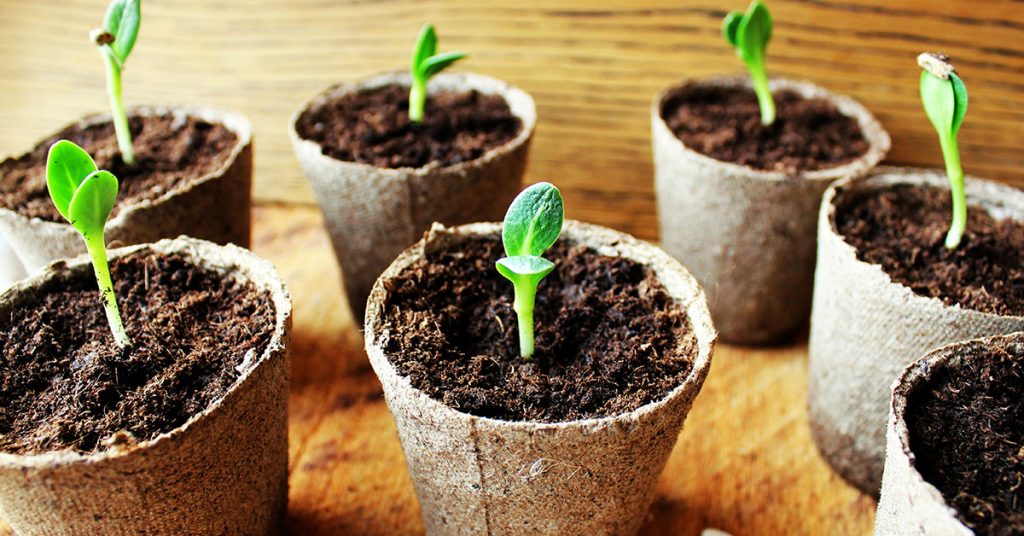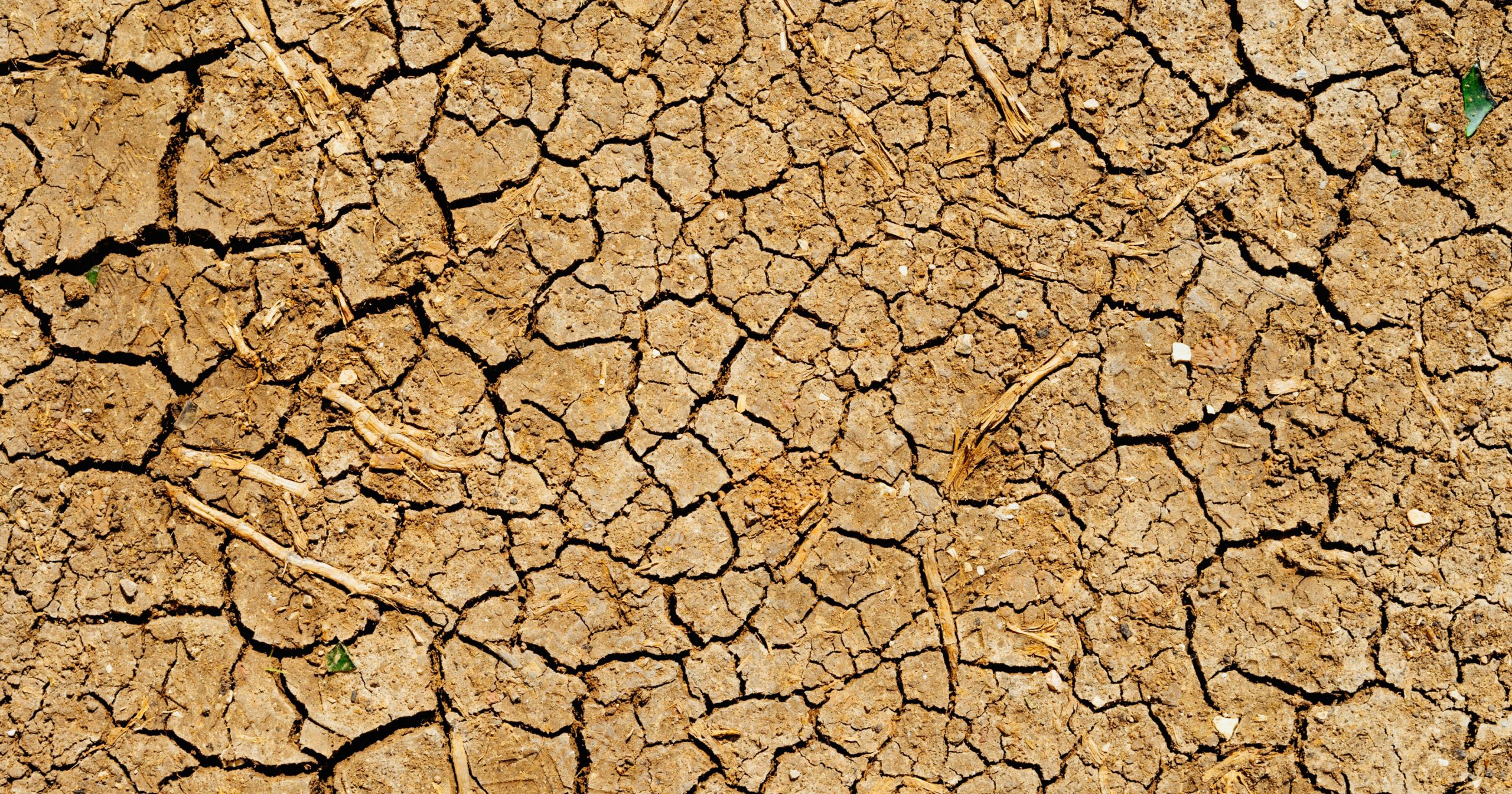Growing cucumbers can be incredibly rewarding. These refreshing vegetables are perfect for summer salads, pickling, and snacking. However, like any garden crop, cucumbers have their own set of challenges and specific needs. Understanding how to plant, nurture, and harvest cucumbers can make all the difference in achieving a healthy, productive harvest.
In this article, I’ll address the top ten questions about growing cucumbers, providing thorough answers to help you cultivate successful plants. Whether you’re a seasoned gardener or a newbie, these expert tips will guide you through the entire process of growing cucumbers. Let’s dive into the world of cucumbers and get your garden off to a great start!
When Is the Best Time to Plant Cucumbers?
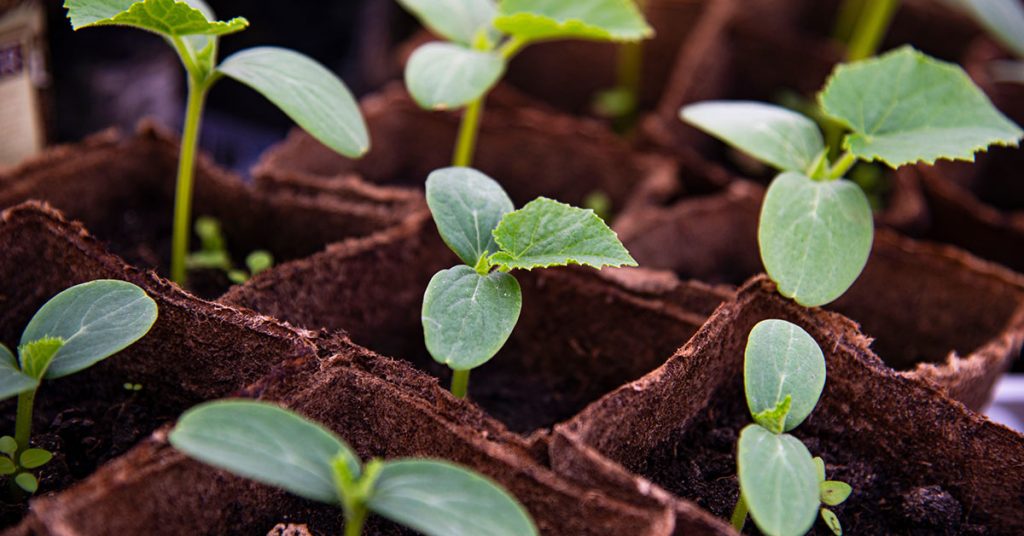
Cucumbers thrive in warm weather and should be planted after the danger of frost has passed and the soil has warmed up. Typically, this means planting cucumbers in late spring to early summer, depending on your local climate. The soil temperature should be at least 60°F (16°C) for optimal germination and growth.
One of my favorite tips is to start cucumber seeds indoors about 3-4 weeks before the last expected frost date. This gives the plants a head start and allows you to transplant sturdy seedlings into the garden once the weather is consistently warm. Transplant seedlings carefully to avoid disturbing their roots, which can stunt their growth. By timing your planting correctly, you’ll set the stage for a bountiful cucumber harvest.
How Should I Prepare the Soil for Cucumbers?
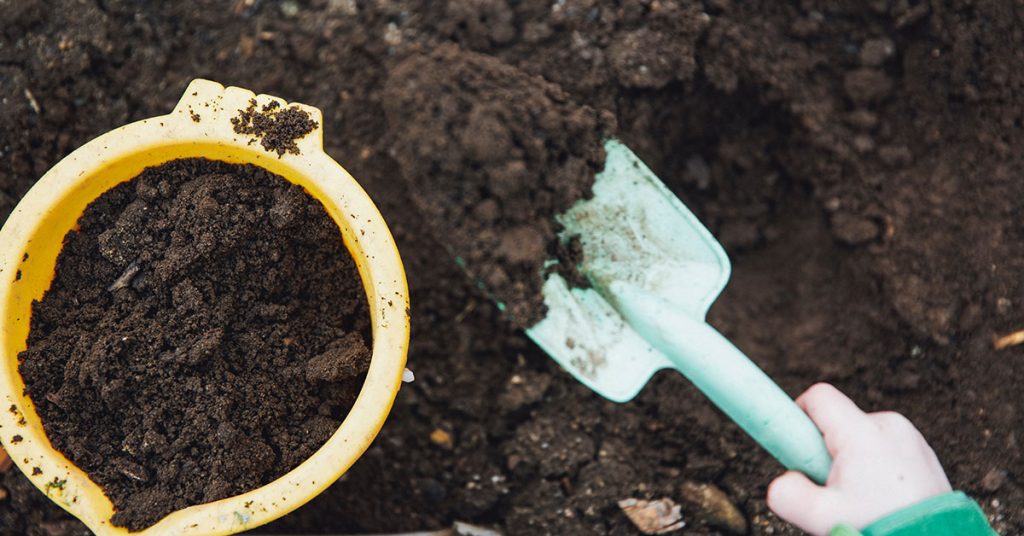
Cucumbers prefer rich, well-drained soil with a pH between 6.0 and 6.8. Before planting, work plenty of compost or well-rotted manure into the soil to improve fertility and drainage. Cucumbers are heavy feeders, so providing them with nutrient-rich soil from the start is essential for healthy growth.
Ensure the soil is loose and free of large clumps to facilitate easy root development. If your soil is heavy clay or tends to retain water, consider planting cucumbers in raised beds or mounds to improve drainage. Mulching around the plants can help retain moisture, regulate soil temperature, and suppress weeds. Proper soil preparation is key to growing robust, productive cucumber plants.
How Often Should I Water My Cucumbers?
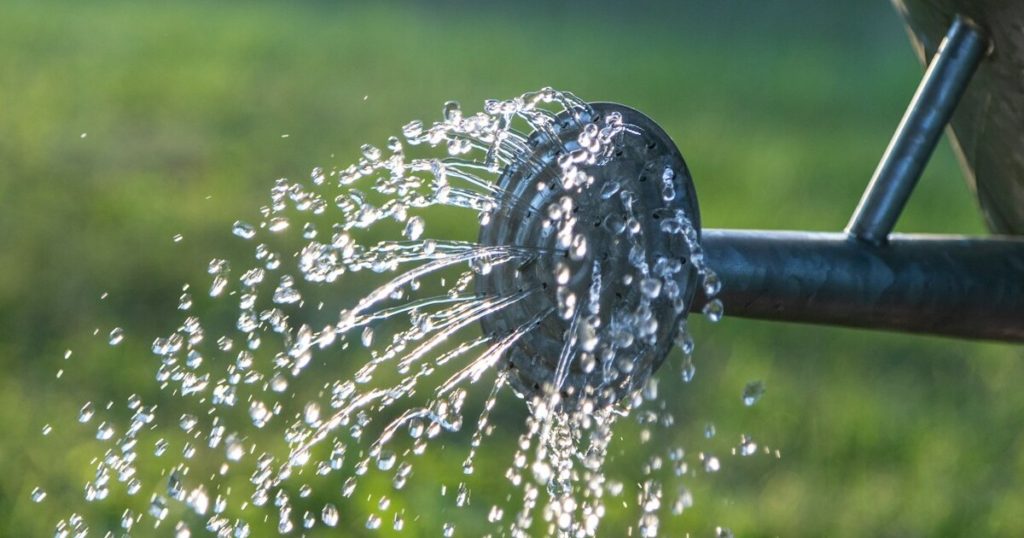
Cucumbers require consistent moisture to thrive, but overwatering can lead to root rot and other issues. Aim to provide about 1-2 inches of water per week, depending on weather conditions. Water deeply and less frequently to encourage deep root growth, which helps the plants access moisture during dry spells.
Water cucumbers in the morning to reduce the risk of fungal diseases and allow the foliage to dry out during the day. Using drip irrigation or a soaker hose can deliver water directly to the soil, minimizing wet foliage. Mulching around the plants helps retain soil moisture and reduces the need for frequent watering. Consistent, deep watering is crucial for healthy cucumber growth and fruit development.
What Are the Common Pests and How Do I Control Them?
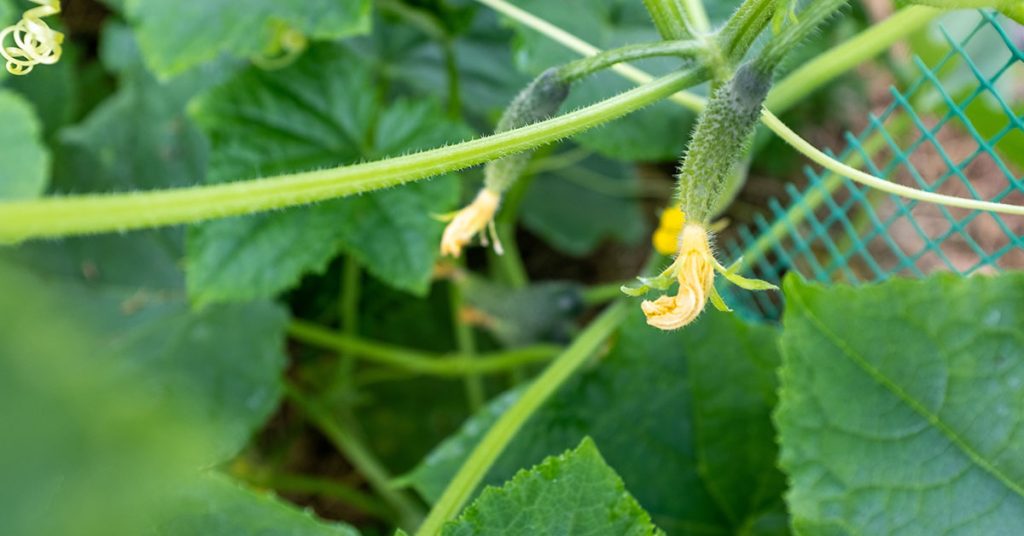
Cucumbers are susceptible to several pests, including cucumber beetles, aphids, and spider mites. Regularly inspect your plants for signs of pest activity, such as holes in the leaves, wilting, or sticky residue. Early detection and intervention are key to preventing severe infestations.
Introducing beneficial insects, such as ladybugs and lacewings, can help control pest populations naturally. For heavier infestations, consider using organic insecticides like neem oil or insecticidal soap. Crop rotation and interplanting with pest-repelling plants, like marigolds and nasturtiums, can also help reduce pest problems. Maintaining a healthy, pest-free environment is essential for successful cucumber cultivation.
How Can I Prevent Diseases in My Cucumber Plants?
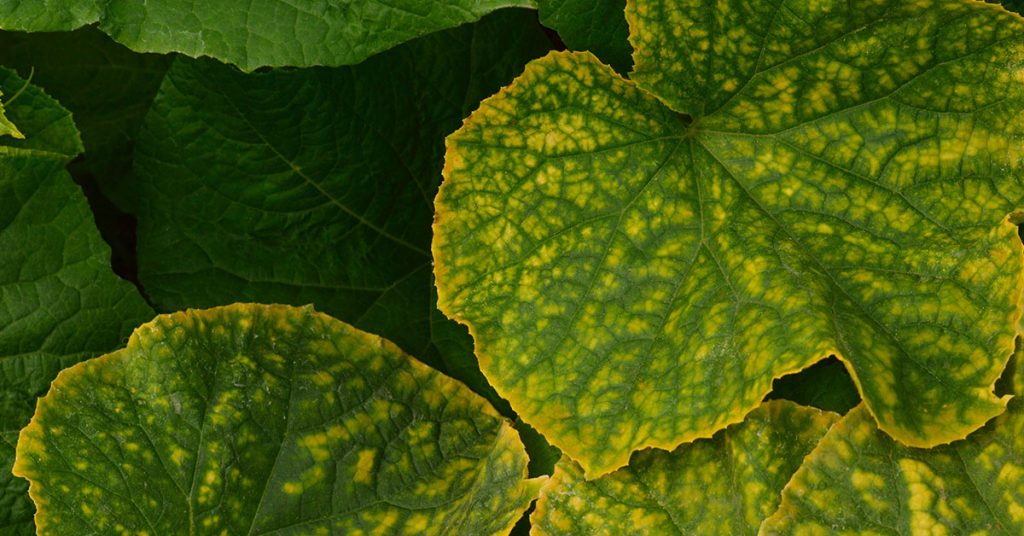
Preventing diseases in cucumber plants starts with selecting disease-resistant varieties and practicing good garden hygiene. Avoid overhead watering to keep the foliage dry and reduce the risk of fungal diseases. Water at the base of the plants using drip irrigation or a soaker hose. Ensure proper spacing between plants to promote good air circulation and reduce humidity around the plants.
Rotate crops yearly, avoiding planting cucumbers in the same spot where other cucurbit family crops (like squash and melons) have grown in the past two years. Remove and destroy any diseased plant material promptly to prevent the spread of pathogens. Regularly inspect your plants and take quick action if you notice any signs of disease. These practices help maintain a healthy cucumber garden.
Should I Prune My Cucumber Plants?
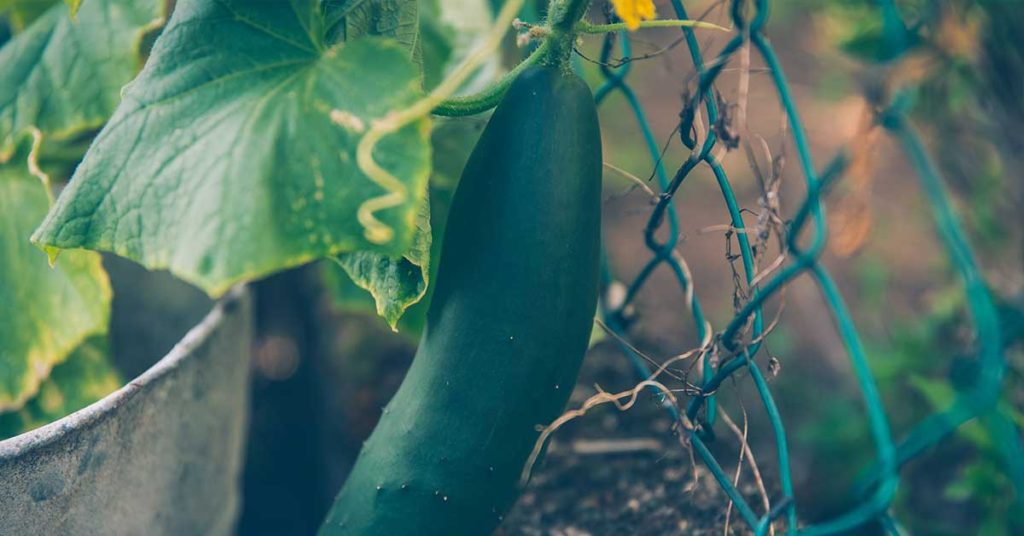
Pruning cucumber plants can improve air circulation, reduce disease risk, and encourage the plant to focus on fruit production. Remove any dead or yellowing leaves and any suckers (small shoots) that grow between the main stem and branches. This helps direct the plant’s energy toward developing fruit rather than excess foliage.
For vining cucumber varieties, consider training them to climb a trellis or support structure. This not only saves space but also keeps the fruit clean and makes harvesting easier. Regularly tying the vines to the trellis can prevent them from sprawling on the ground and reduces the risk of disease. Proper pruning and support can lead to healthier plants and better yields.
How Can I Improve Pollination?
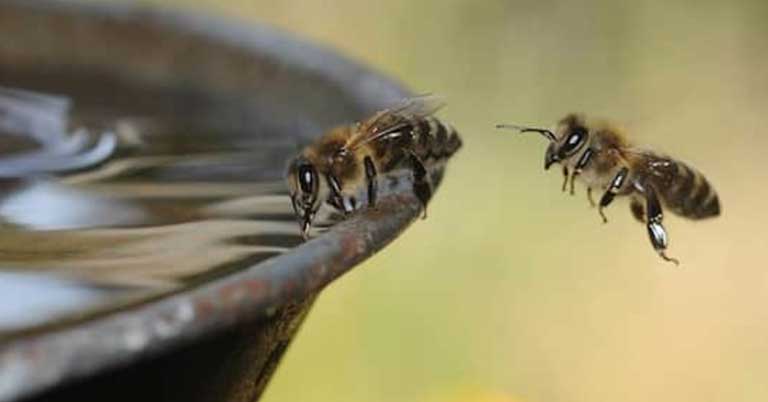
Cucumbers are generally pollinated by bees and other insects, but they can benefit from additional help to ensure a good fruit set. Planting flowers such as marigolds, zinnias, and sunflowers nearby can attract pollinators to your garden. You can also gently shake the plants or use a small brush to transfer pollen between flowers, especially in indoor or greenhouse settings where natural pollinators may be scarce.
Ensuring good air circulation around your plants can also help with natural pollination. If you notice flowers dropping without setting fruit, poor pollination might be the issue. By encouraging more pollinators and assisting with manual pollination, you can maximize the number of cucumbers your plants produce.
When and How Should I Fertilize My Cucumbers?

Cucumbers are heavy feeders and benefit from regular fertilization. Start by incorporating a balanced fertilizer into the soil at planting time. Once the plants start setting fruit, switch to a fertilizer with higher phosphorus and potassium content to support fruit development. Apply liquid fertilizers every 2-3 weeks or use slow-release granular fertilizers according to the package instructions.
Avoid over-fertilizing with nitrogen, as this can lead to lush foliage but fewer fruits. Organic options like compost tea or fish emulsion provide essential nutrients and improve soil health. Always follow the recommended application rates to prevent nutrient imbalances and ensure healthy, productive plants.
How Do I Know When to Harvest My Cucumbers?
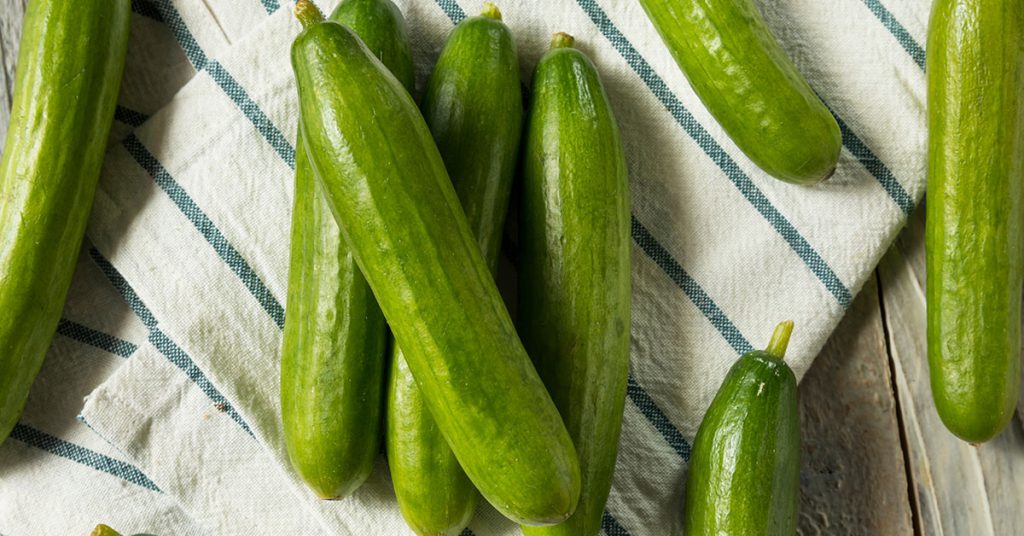
Knowing when to harvest your cucumbers ensures the best flavor and texture. Most cucumbers are ready to pick when they reach their mature size, depending on the variety. Pickling cucumbers are typically harvested when they are 2-4 inches long, while slicing cucumbers are best at 6-8 inches long. The skin should be firm and smooth, and the color should be a vibrant green.
Use sharp scissors or pruning shears to cut the cucumbers from the vine, leaving a small stem attached to avoid damaging the plant. Regular harvesting encourages the plant to produce more fruit and prevents overripe cucumbers from becoming bitter. Check your plants daily during peak production to ensure you harvest cucumbers at their prime.
What Varieties of Cucumbers Should I Grow?
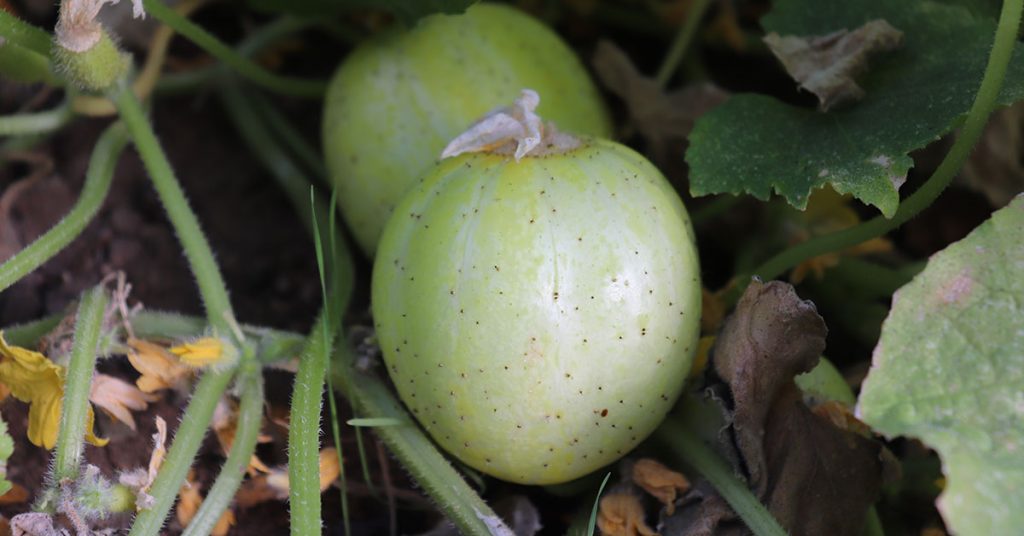
The variety of cucumbers you choose to grow depends on your culinary preferences and growing conditions. For pickling, consider varieties like ‘Boston Pickling’ or ‘National Pickling’. If you prefer slicing cucumbers, popular choices include ‘Marketmore’, ‘Straight Eight’, and ‘Burpless’. For a unique twist, try growing mini cucumbers like ‘Mini Munch’ or ‘Persian Baby’.
There are also specialty varieties such as the lemon cucumber, which has a mild, sweet flavor and a unique round shape. Selecting the right varieties for your garden ensures a diverse and flavorful cucumber harvest. Experimenting with different types can add variety to your meals and help you discover new favorite cucumbers.
With these expert answers to the top questions about growing cucumbers, you’ll be well-equipped to cultivate a successful and productive cucumber garden. Remember, each step in the growing process, from soil preparation to harvesting, plays a vital role in ensuring a bountiful yield. Happy gardening, and may your cucumber plants thrive!
